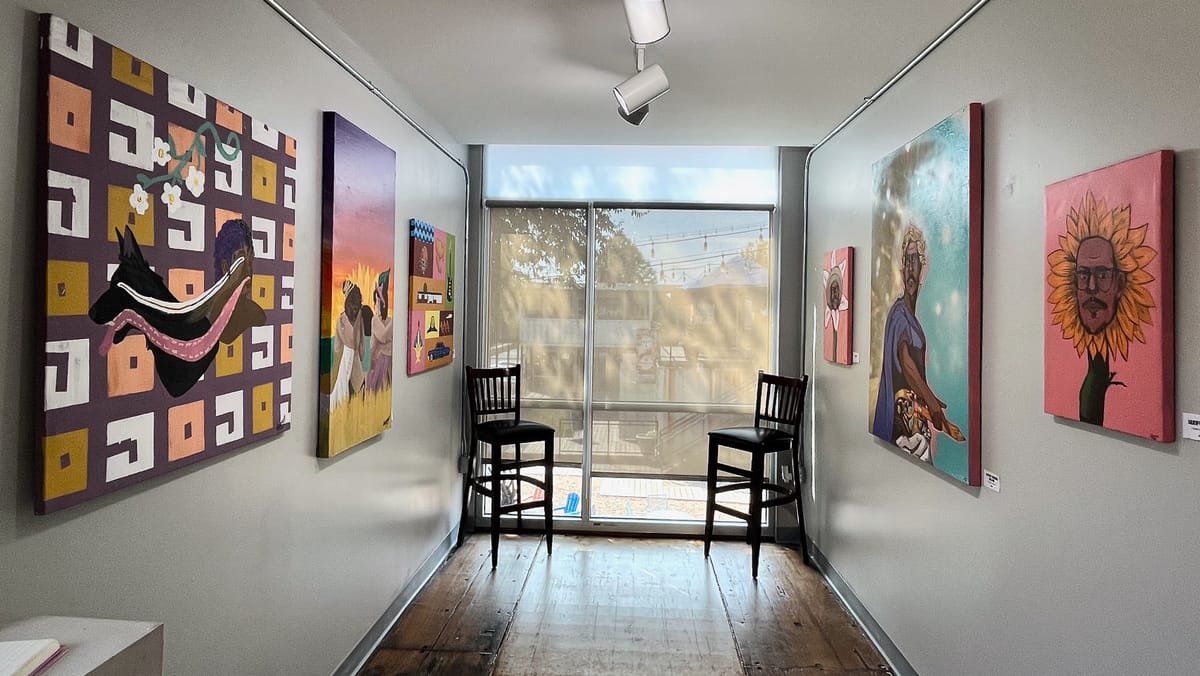A space for reflection amid the overstimulation of modern life: Emily Moores at Pittsburg State
The colorful installation combines the jubilant excess of celebration with a quiet undertone of reflection and ritual. It's on view in the University Gallery through October 11.
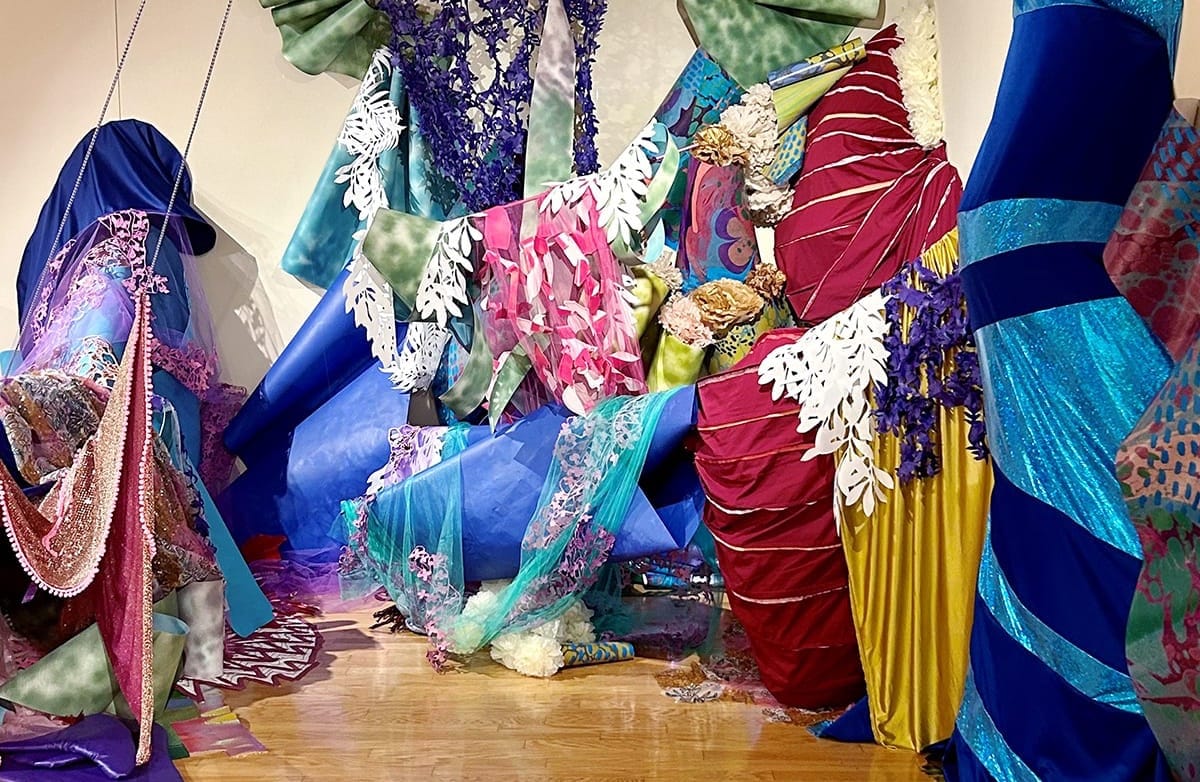
Emily Moores’ installation at Pittsburg State University, on display through October 11, is a celebration of color and form.
Titled "On the Edge of a Dream," Moores’ installation/exhibition at Pittsburg State’s University Gallery is an opulent, immersive experience that immediately confronts the viewer with the artist's world of texture and color. Her use of materials — cut paper, lace, fabric, glitter, and sequins — creates a tactile environment that prompts viewers to physically engage with the work, moving through it, stepping into it, and becoming absorbed by its intricate details. The installation combines the jubilant excess of celebration with a quiet undertone of reflection and ritual.
A deliberately open wall in the far corner of the gallery provides a physical pause before entering the layered installation that Moores has crafted. This pause acts as a necessary counterpoint to the otherwise consuming nature of the piece — a balance that echoes throughout the entire exhibition.
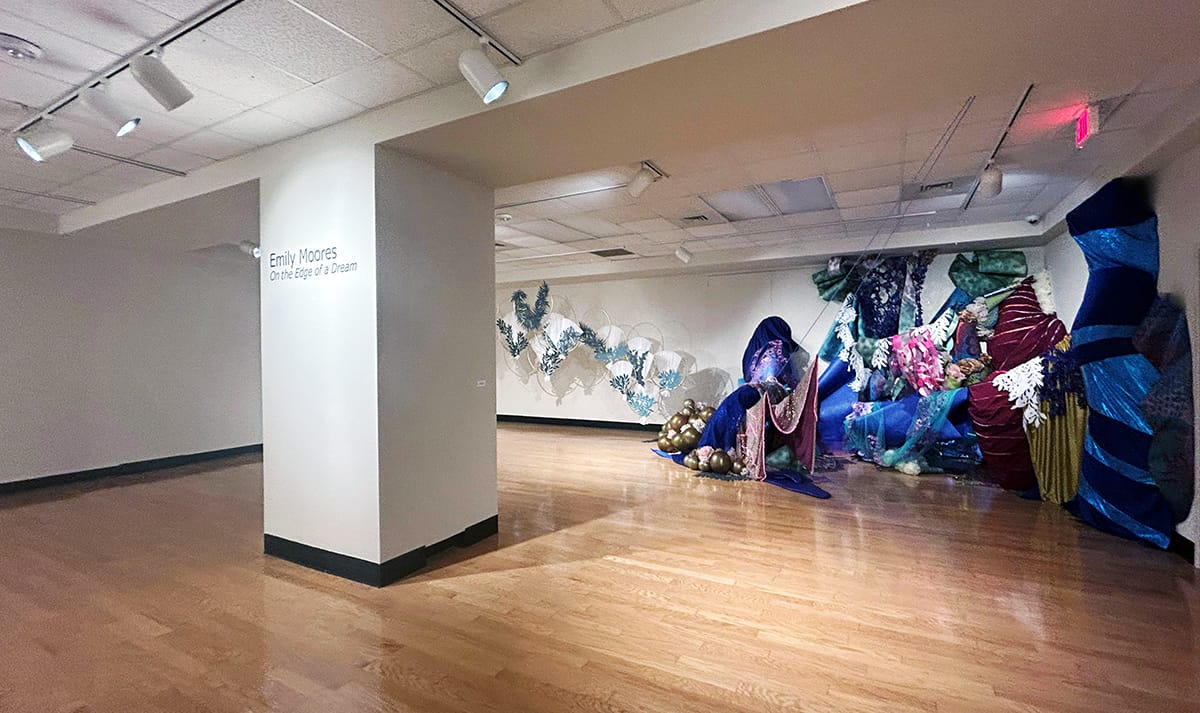
Suspended from the ceiling by delicate rings, layers of cut paper cascade down into a mountain of material that rises and spills outward to frame the installation. The sheer volume of this central, material element recalls the work of Katharina Grosse, a contemporary German artist known for her immersive installations that blur the boundaries of painting and sculpture.
But while Grosse’s work often overtakes entire rooms with bold color and form, Moores’ approach feels more intimate and celebratory, with tissue paper pulled into marigold-like forms that subtly reference traditions such as Día de los Muertos. The inclusion of marigolds — traditionally used to guide spirits to altars during Mexico’s Day of the Dead celebration — infuses the installation with festive undertones. This combination of the sacred and the playful runs through the entire piece.
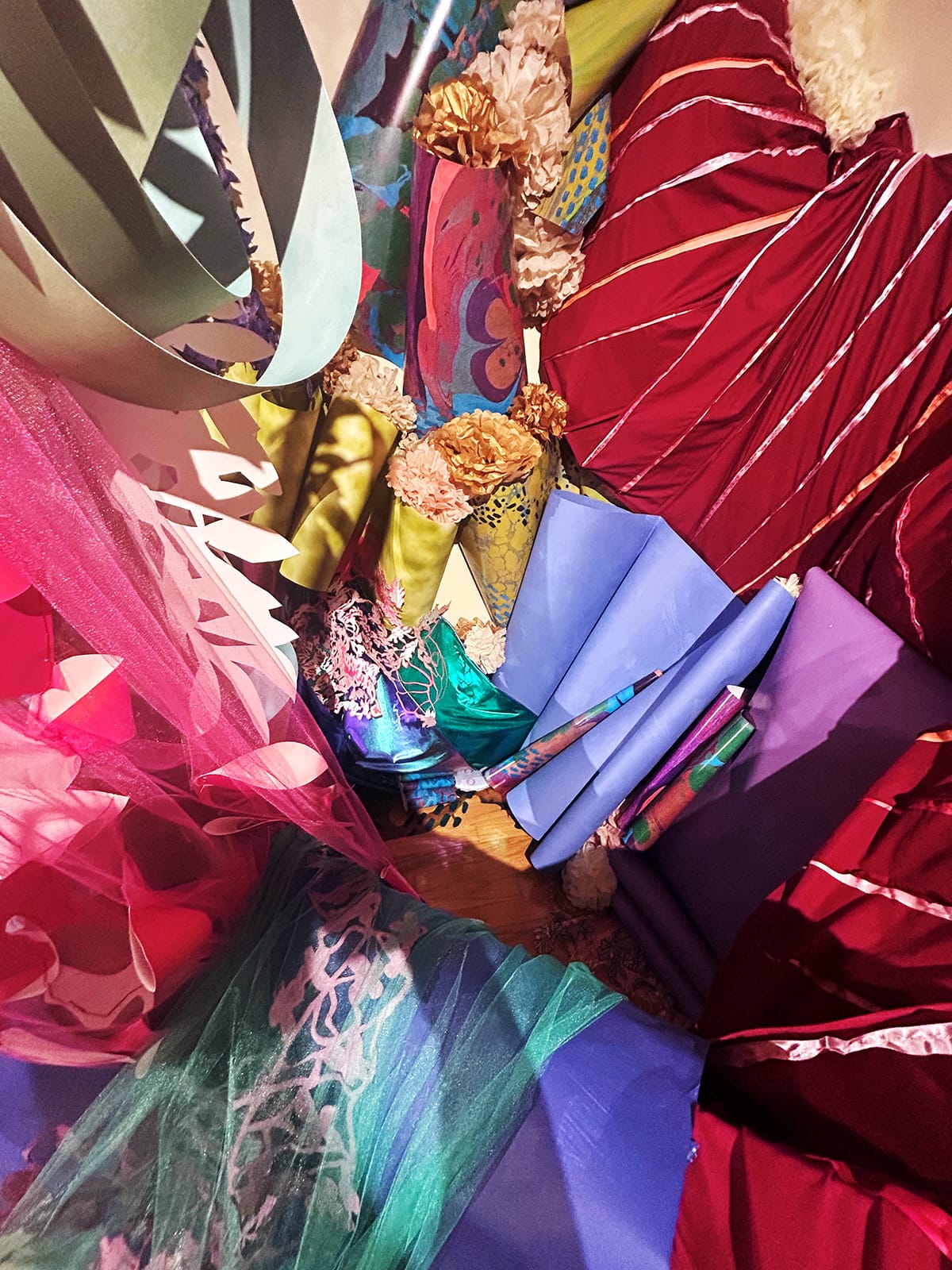
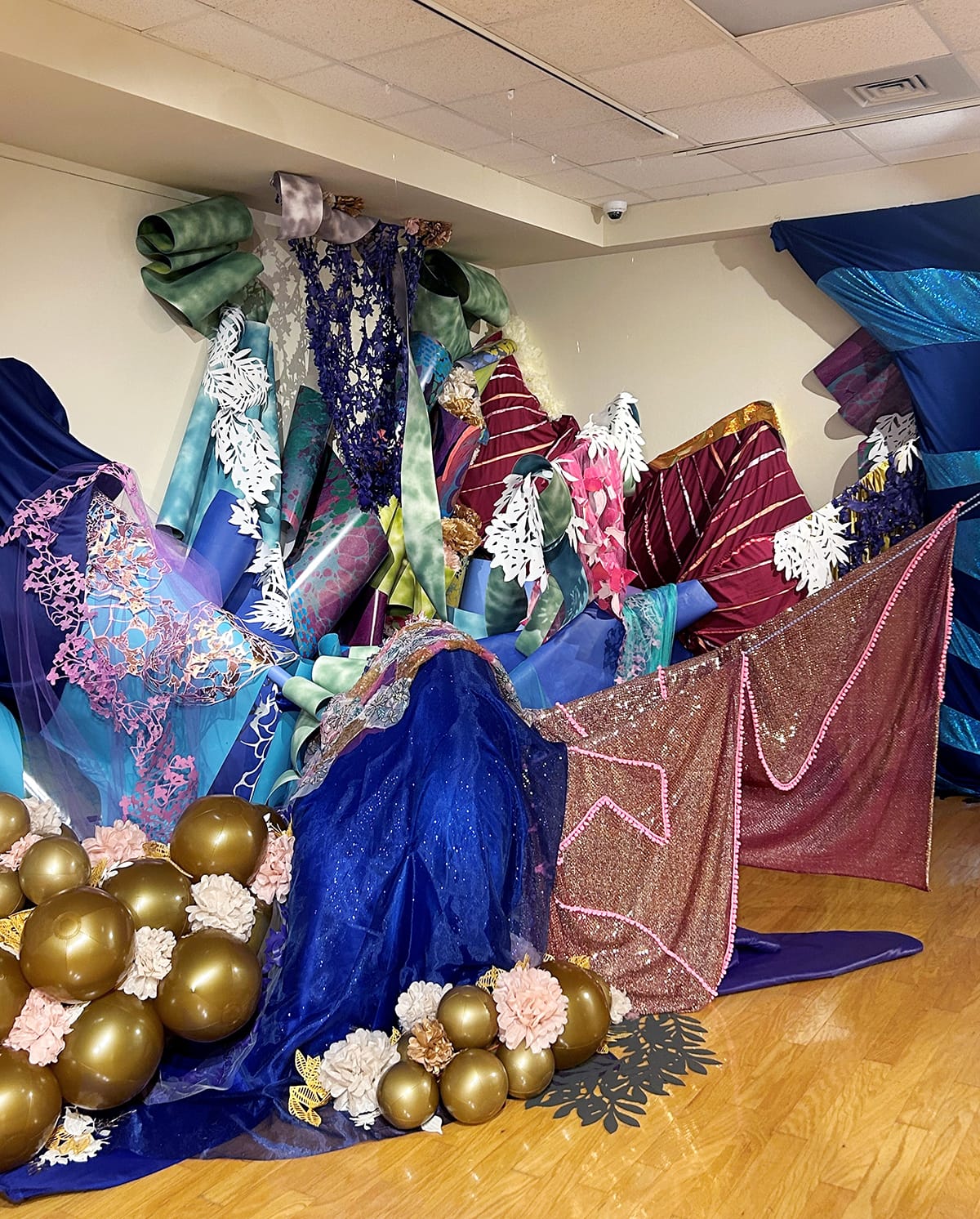
Detail and installation views of Emily Moores' "On the Edge of a Dream." Photos by Chloe Lang for the SHOUT
Moore’s material choices, particularly the lace and tissue paper, play with ideas of fragility and transformation. Lace is a material loaded with symbolism, often associated with both beauty and delicacy, while tissue paper — gently coaxed into the form of flowers here — nods at temporality. These materials bring to mind the intricate cut-paper work of Kara Walker, though Moores’ approach is less narrative and more about form and sensation. The installation doesn’t tell a story so much as it surrounds the viewer with a feeling of both claustrophobia and grandeur, creating an exhibition environment that feels decadent and celebratory, reinforced by the clusters of golden balloons sprinkled throughout.
One of the most distinct elements of the sculptural installation is the way it contrasts with the artist's paintings that line the gallery walls. Executed on wooden panels, these paintings stand in stark opposition to the explosion of sculptural material in the center of the room. They are relatively small in scale—more contained, more restrained, yet they interact with the installation in decisive ways.
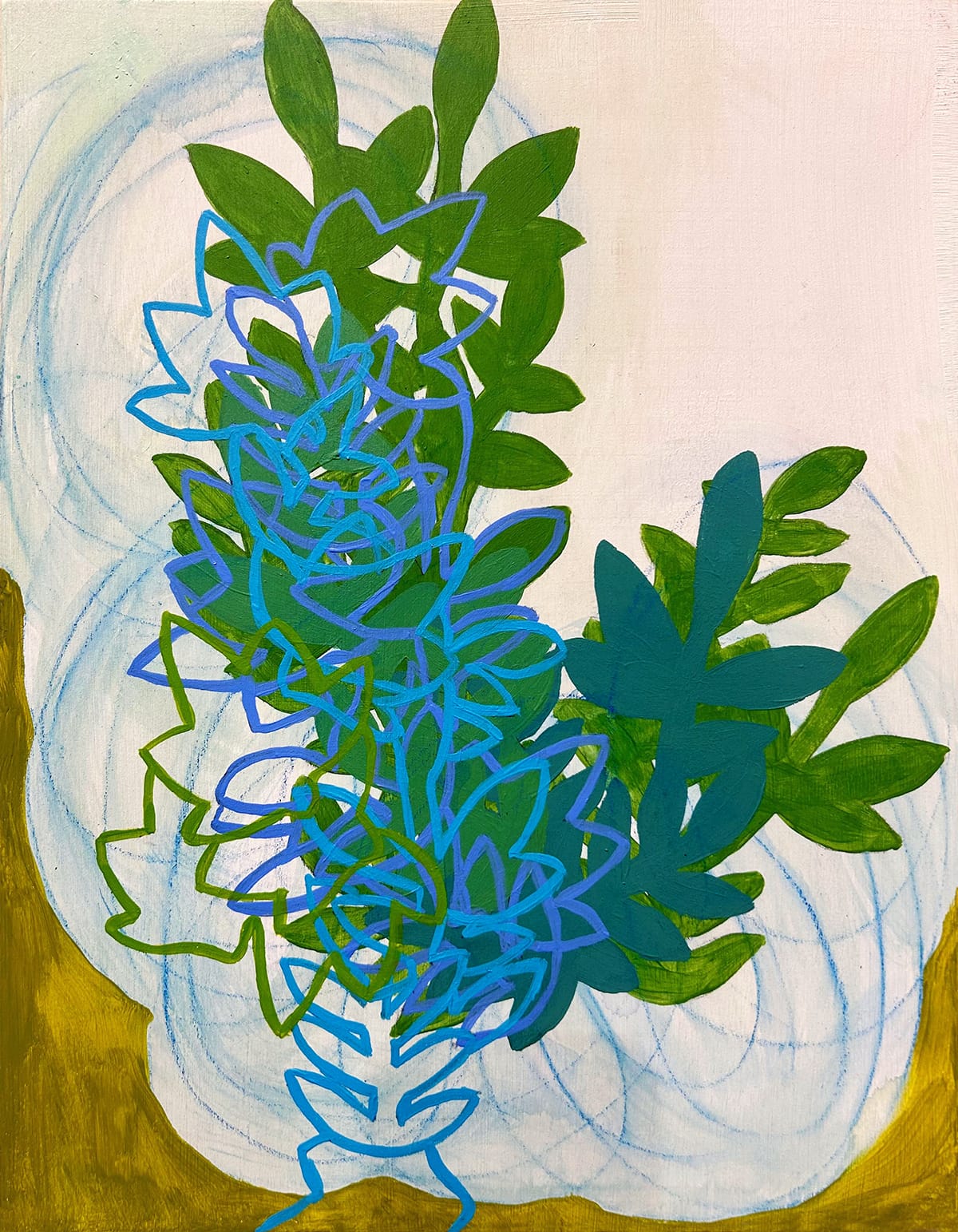
One gets the sense that the paintings are the quiet afterthoughts to the sculptural work’s loud, joyous proclamations. The contrast between these two forms—the static, unframed paintings and the bursting, immersive sculpture—creates a dialogue within the space about what it means to look and to engage with different dimensions of art through the studio practice of one artist.
Toward the right side of the sculptural work, a painted ribbon snakes behind a pillar draped in blue fabric that shimmers like a mermaid’s tail, anchoring the work visually while adding to its illusion of fantasy or the artist’s dreamscape intention. The use of sequins and glitter, along with the sumptuous fabrics, recalls the work of Nick Cave, whose exuberant installations and wearable “soundsuits” often blur the lines between celebration, protest, and personal expression.
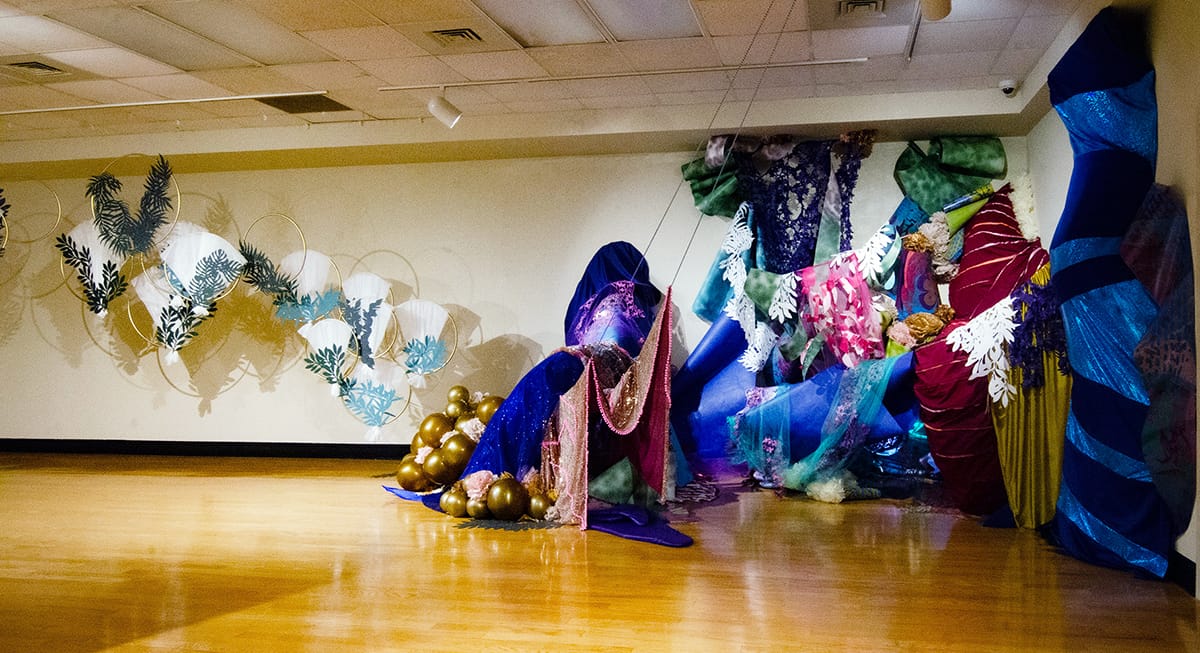
Cave’s installations—particularly his 2016 exhibition at MASS MoCA—set joy side by side with violence, contrasting ornate, decorative materials with cut stencils of guns. While Moores’ work does not directly address such political content, it reminds us that there is a tension between beauty and complexity, opulence, and intimacy.
One of the challenges of engaging with Moores’ installation is the feeling of overstimulation—a sensation heightened by the artist's lavish use of materials and the sheer density of texture and pattern. However, this overstimulation is intentional, as the artist herself acknowledges. In her artist statement, Moores writes about the impact of screens and the fast-paced culture of constant achievement.
She suggests that her installation offers an alternative—a space where viewers can slow down, observe, and connect with the physicality of art. “Simply looking at and observing abstract art is play,” she writes, encouraging viewers to explore her installation as an act of personal discovery.
Despite the installation’s immersive nature, there is a sense of absence in the work that leaves one searching for deeper meaning or context. Moores’ installation feels rooted in abstraction and sensation, leaving the conceptual framework up to the viewer. This isn’t necessarily a shortcoming, rather, it invites visitors and the Pitt State community to project their own meaning onto the surrounding materials. In Moore’s colorful world, visitors are invited to pause, breathe, reflect, and to make their own introspective, personal connections against the background of our abundant material reality.
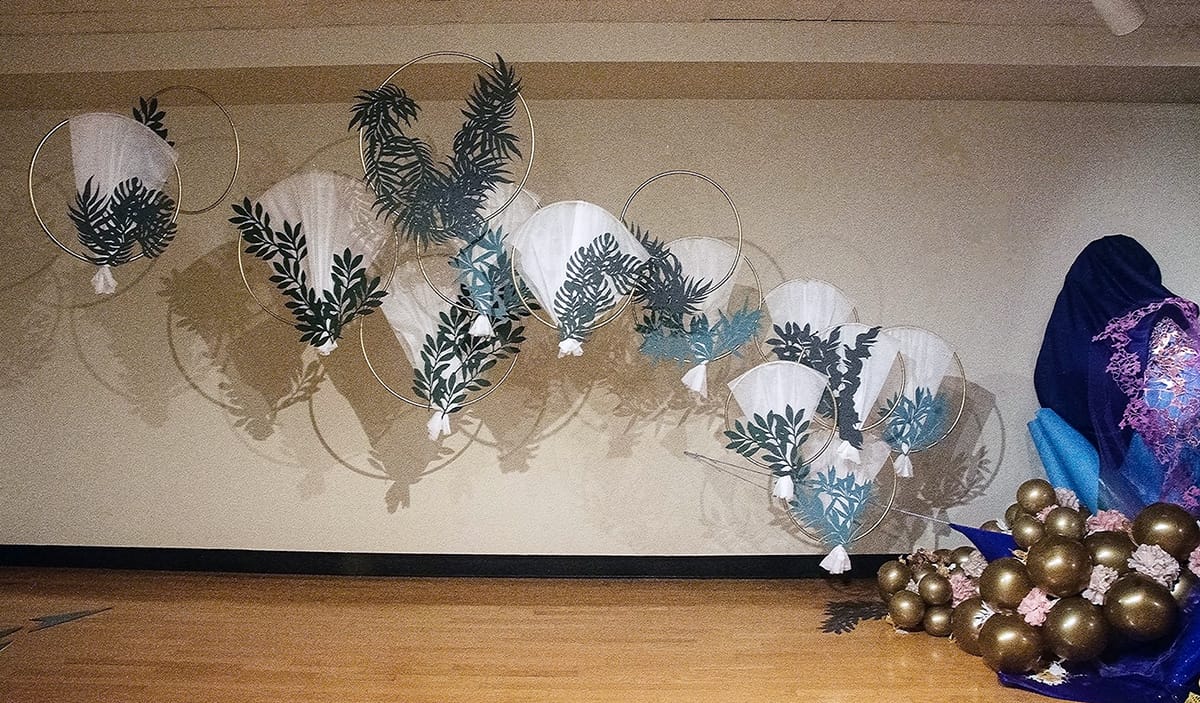
The Details
"On the Edge of a Dream," a solo exhibition by Emily Moores
August 20-October 11, 2024, University Gallery in Porter Hall, Pittsburg State University, 202 E. Cleveland Awve. in Pittsburg, Kansas
Learn more about the exhibitions at Pittsburg State.
Under the umbrella of artist, Chloe Lang is an arts administrator, painter, writer, and cultural producer based in Wichita, Kansas. She holds a Bachelor of Fine Art from Milwaukee Institute of Art and Design and is committed to partnering with artists and organizations to achieve their visions.
More visual arts coverage from the SHOUT
 The SHOUTSamantha Barrett
The SHOUTSamantha Barrett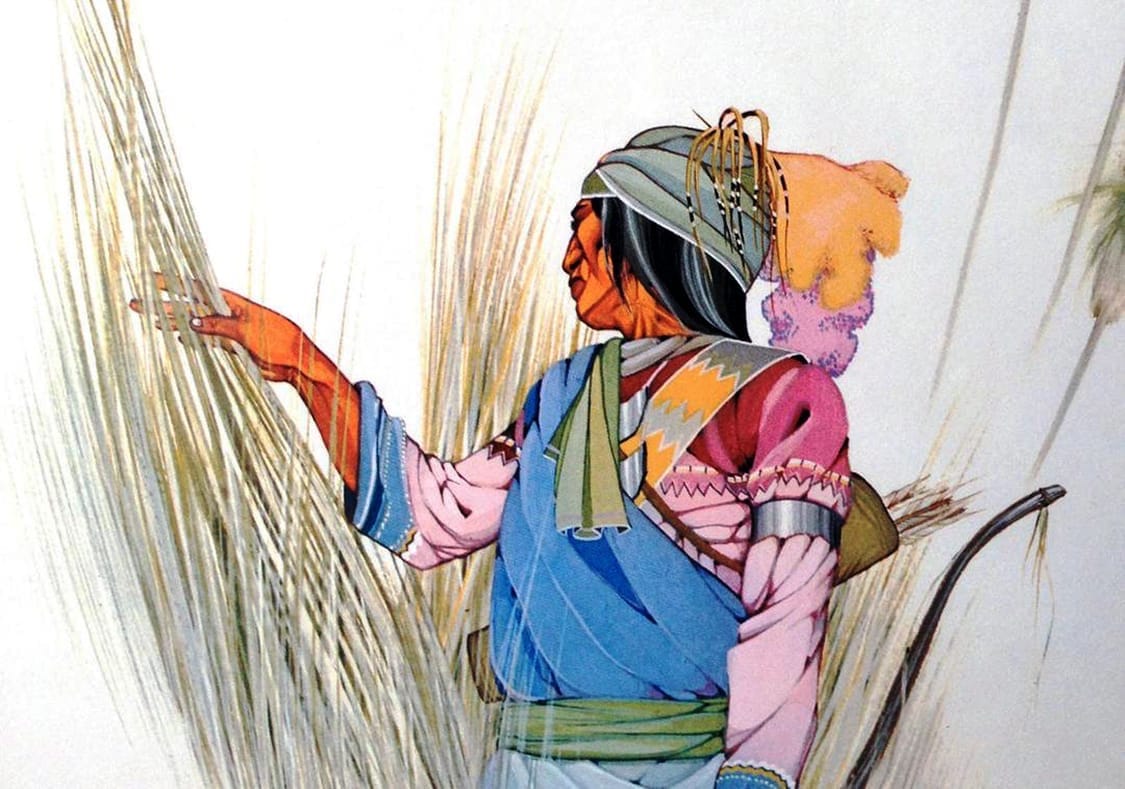
 The SHOUTThe Shout
The SHOUTThe Shout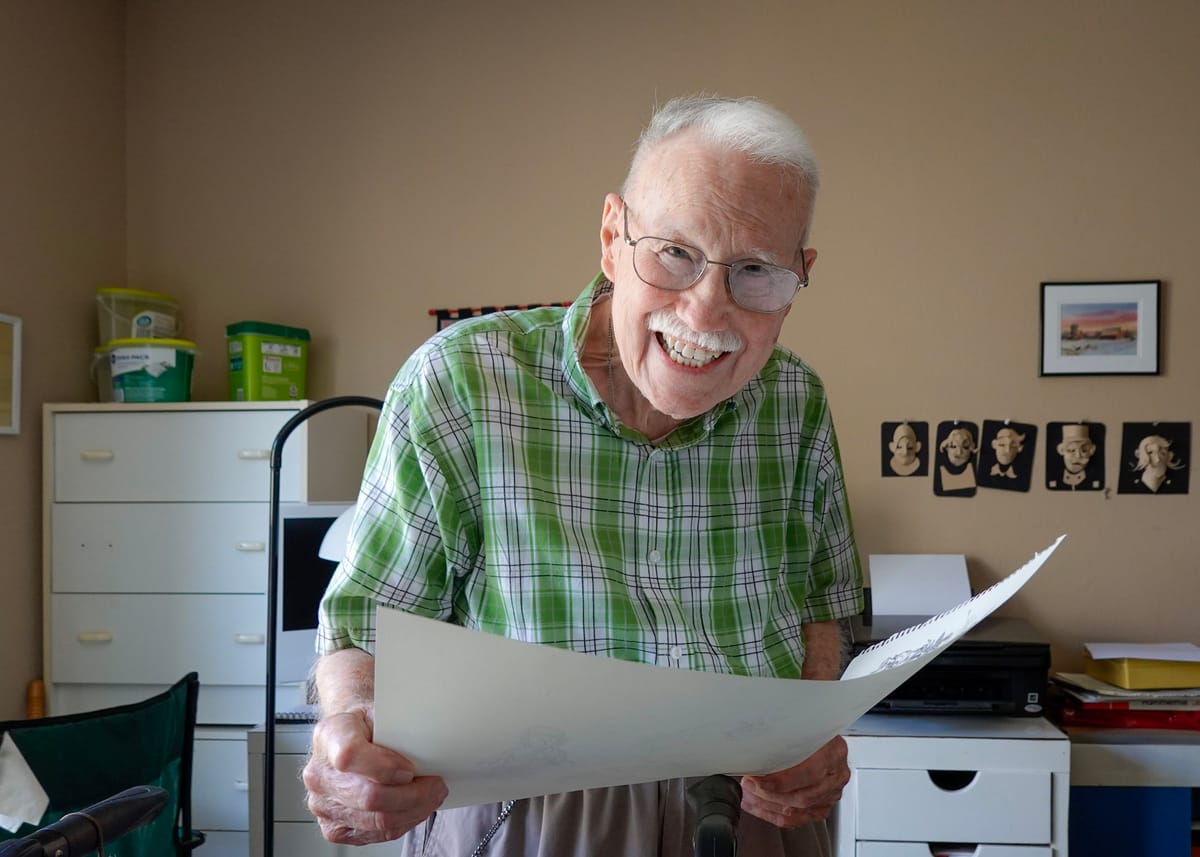
 The SHOUTConnie Kachel White
The SHOUTConnie Kachel White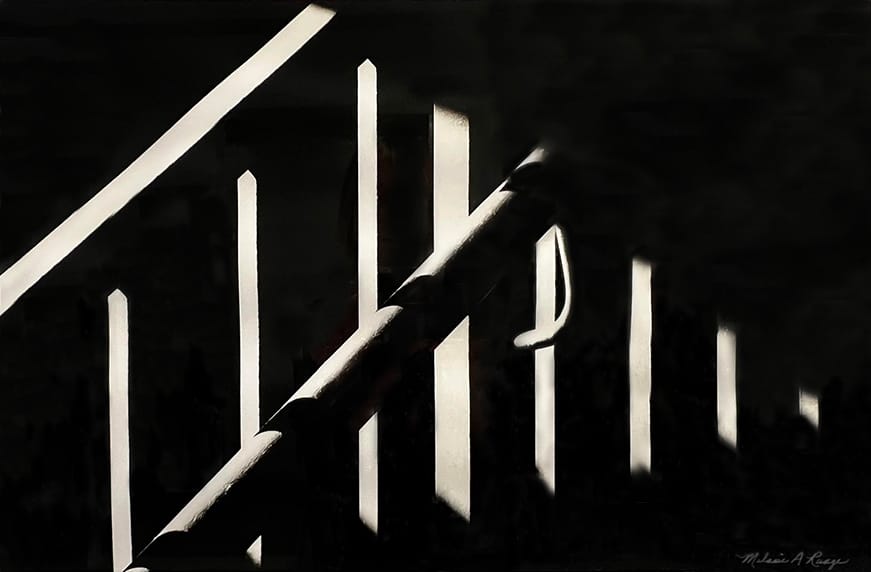
 The SHOUTJeromiah Taylor
The SHOUTJeromiah Taylor